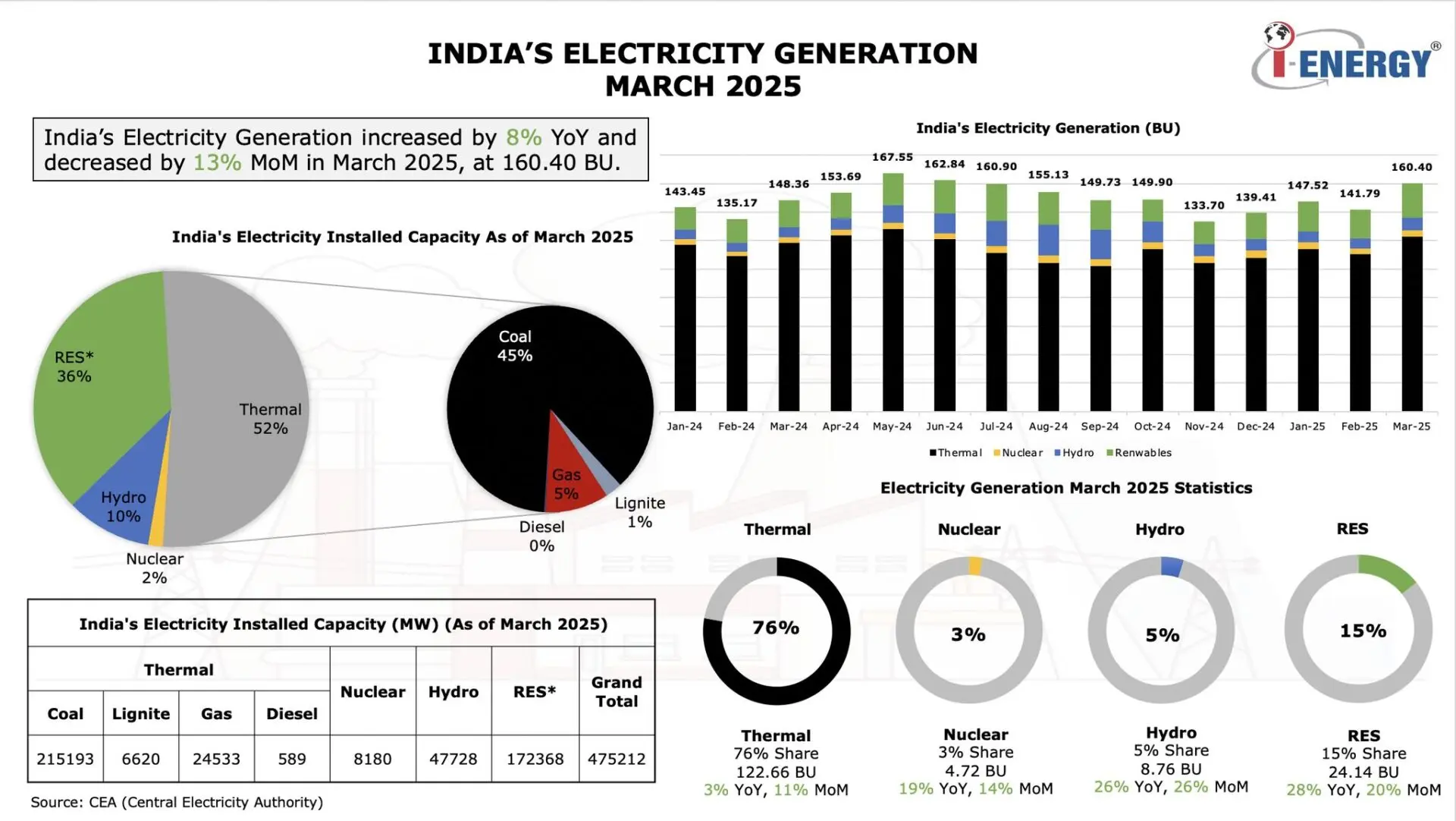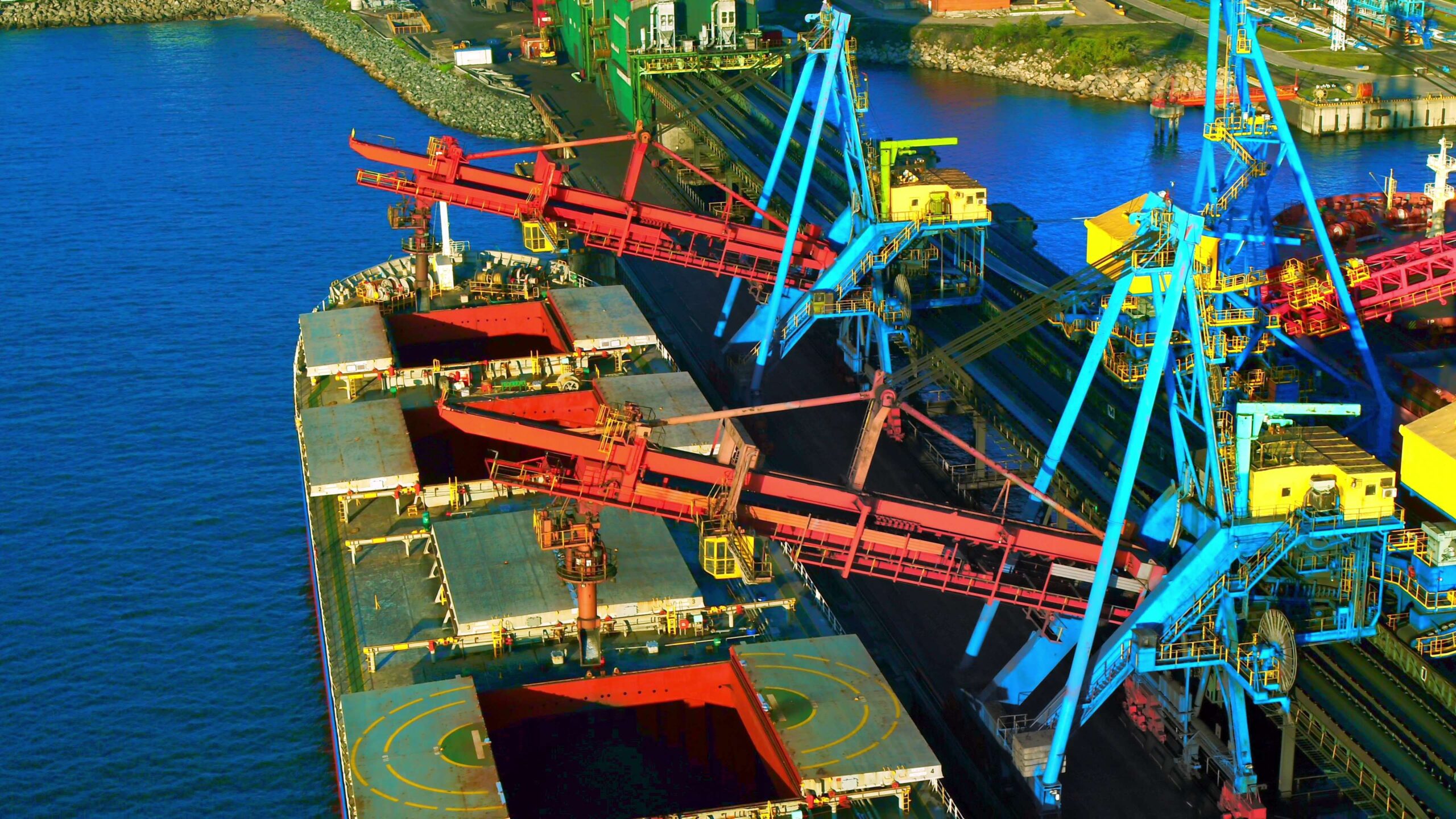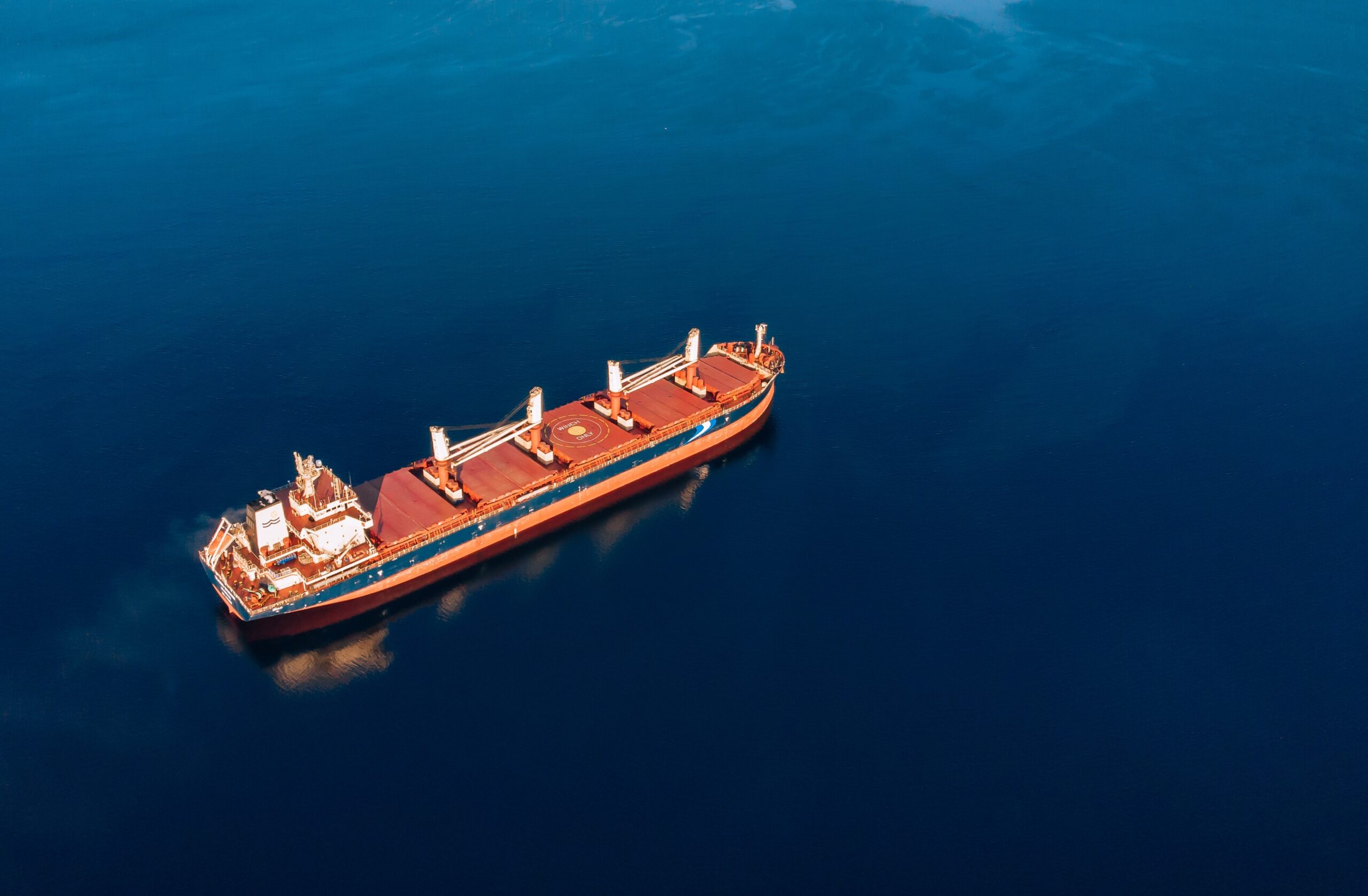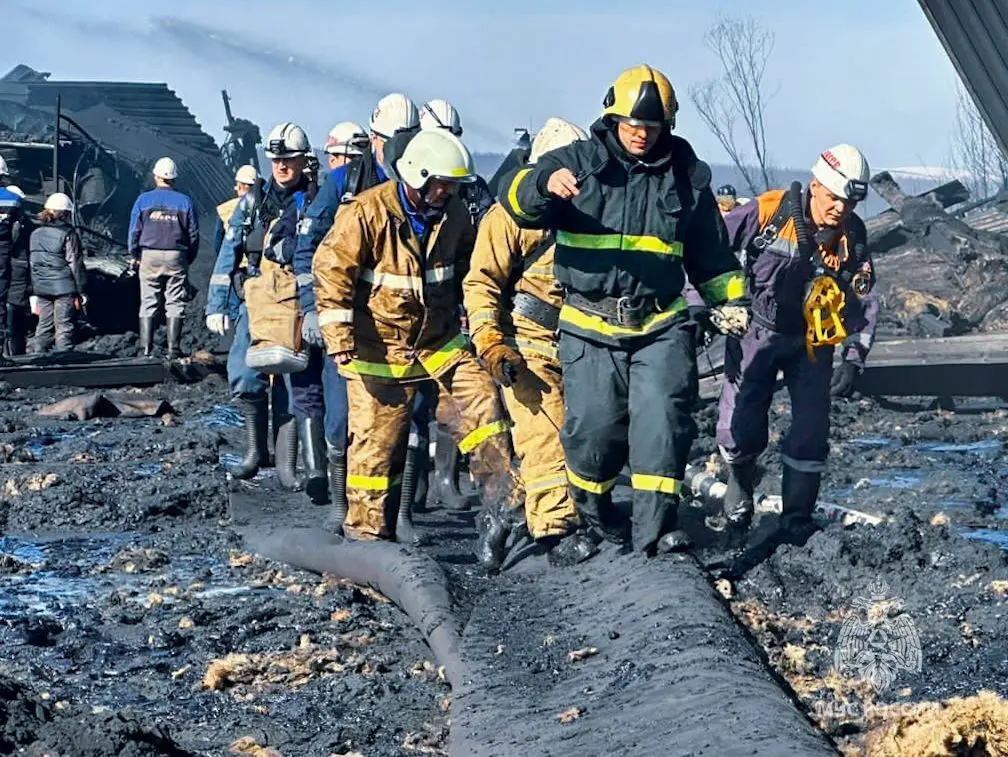
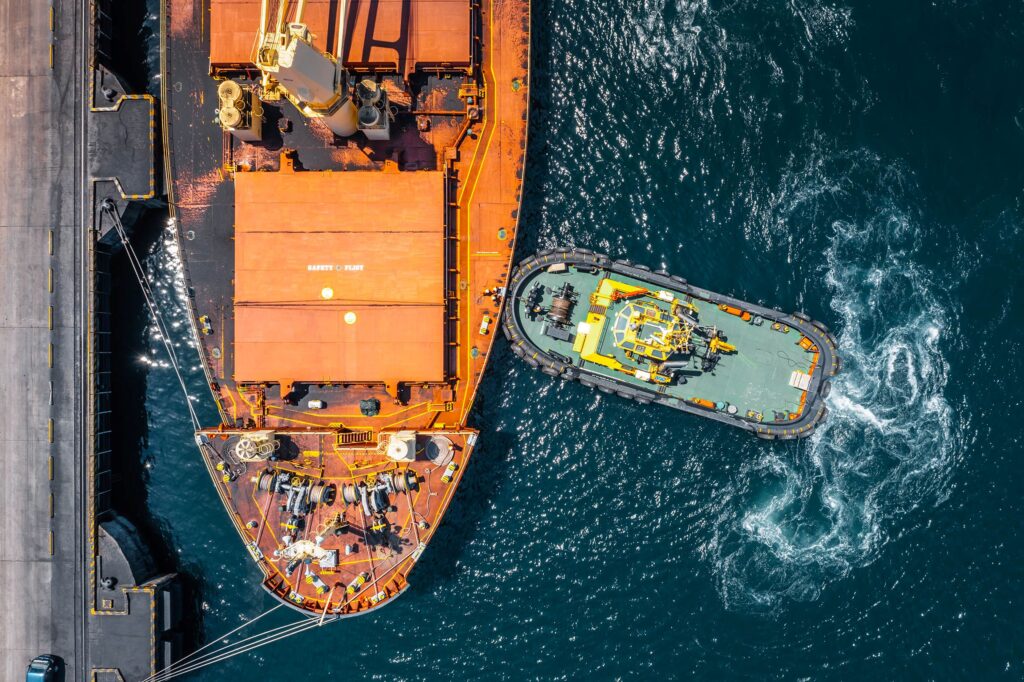
Last week, European thermal coal quotations corrected down to 135 USD/t, despite a short-term drop in temperatures below the seasonal norm. Strong wind generation, steadily high stocks at ARA terminals and a downtrend on the gas market keep putting pressure on coal indices.
Gas quotes on the TTF hub fell to 442 USD/1,000 m3 (-37 USD/1,000 m3 w-o-w). Europe continues to add gas to its storage facilities, which are nearly 60 percent full already. Last week EU countries launched a platform for joint gas purchases, called AggregateEU. The new mechanism is aimed at preparing for winter and saving funds as well as excluding Russia from the supply chain. ARA coal inventories totaled 6.8 mio t (+0.12 mio t or +2% w-o-w).
South African High-CV 6,000 again dipped below 130 USD/t, while prices for 5,500 material climbed above 105 USD/t. The mixed movement of South African quotations was caused by low activity from European consumers on the back of higher demand from India and South Korea.
Given the declining buying interest in the EU, South African exporters are seeking to expand deliveries of High-CV coal to South Korea and Japan. In Q1 2023, shipments to South Korea amounted to 2.1 mio t (+1.2 mio t vs. Q1 2022) with Japan accounting for 0.6 mio t (+0.3 mio t vs. Q1 2022). However, supplies to Pakistan, which is South Africa’s traditional market, slashed to 0.3 mio t (-1.4 mio t vs. Q1 2022).
In China, spot prices for 5,500 NAR at the port of Qinhuangdao dropped 2 USD/t to $147/t on higher coal production and unstable demand ahead of the Labor Day weekend.
To ensure energy security, Chinese coal producers continue to ramp up output. China’s thermal coal production capacity currently stands at about 3.3 billion t per year (+0.6 billion t y-o-y), with an expected growth of 0.2 billion t to 3.5 billion t in 2023.
Indonesian 5,900 GAR added 1 USD/t to 119 USD/t, following the end of Ramadan and stronger interest from Chinese and Indian consumers, which are building up inventories ahead of the monsoon season. Many state-owned power plants in China (Fujian and Guangdong provinces) have focused on imported material to improve their financial performance in 2023 after record losses in the previous year.
Additional support for Indonesian quotes was provided by reduced supply on the spot market, resulting from heavy rains in Kalimantan and Sumatra, that caused a slowdown in coal production and transportation.
High-CV Australian 6,000 went up to 186 USD/t, driven by increased demand from Asian consumers, seeking to replenish stocks ahead of the summer season.
Australian metallurgical coal prices fell to 230 USD/t, declining further amid growing supply from mining companies and unfavorable conditions on the steel market.
Another negative factor was the expected limitation of steel production in China, that may affect not only factories in the northern, but also in the southern part of the country. At the same time, some steelmakers in the north of China already started to cut output last week.
Source: CAA










